In today’s post: Learn how to make a face mask and find free face mask patterns so you can donate masks to health care providers with no other options. #millionmaskmayday
About a month ago my sister recommended I share a free face mask pattern on my blog for people who want to sew homemade masks. While I thought it was a good idea, I decided not to create my own pattern because I cannot guarantee the effectiveness of a homemade mask and I did not want to indicate in any way that homemade face masks can replace medical grade protection. However, due to extreme shortages of N-95 masks, some hospitals have begun asking for volunteers to sew fabric masks.
I HATE the idea that the health care professionals (and first responders) who are already sacrificing so much for us may not have the protection that they need. I wanted to figure out how I can help, and I decided to compile what I’ve learned into a post so you can help too! In this post you will find:
- Info from the CDC on whether homemade face masks should be used
- Links to organizations that are coordinating volunteers
- Links to face mask patterns that you can sew at home
- Step by step sewing video showing you EXACTLY HOW TO MAKE A MASK
If you are looking for EASY homemade mask tutorials for personal use, including no-sew options, please visit this post: Easy Homemade Face Mask Videos
PLEASE READ: Due to some comments I need to clarify here that I am not promoting use of fabric masks as a *good* alternative to medical grade masks. I am not making any claims as to the effectiveness of the homemade masks. I am not trying to say medical professionals should not have or do not deserve to have N95s. Instead, I am simply sharing the fact that some hospitals, care centers, etc., have asked for these masks to be donating so they can use them as a last resort due to the extreme shortage of N95s right now. These masks may be used in lower risk situations so N95s can be conserved during this extreme shortage. Please see the info from the CDC below and then contact your local health care institutions OR one of the organizations listed below if you would like to help.
Should I make a homemade face mask? What does the CDC say?
Homemade face masks should never be considered a better or comparable option to medical masks such as the N95. However, due to mask shortages around the country, the CDC has issued new guidance:
In settings where facemasks are not available, HCP [health care professionals] might use homemade masks (e.g., bandana, scarf) for care of patients with COVID-19 as a last resort. link to source
The CDC cautions that the effectiveness of homemade masks is not completely known; however Masks Now Coalition cites a Cambridge University study that finds fabric masks may be 80% as effective at filtration as surgical masks. link to source
Homemade fabric masks may be used in low risk situations so that health professionals can conserve their approved personal protection equipment for higher risk situations. Additionally, health care centers, first responders and others may be interested in whatever protection a fabric mask can provide.
Please note that many organizations are requesting masks that have a filter layer OR a pocket for filter. There are links to both types of patterns below. Please determine what organization you will be donating to and check for their specific requirements.
Organizations coordinating volunteers to make face masks
After extensive research, I believe these are the two best resources if you’d like to make face masks to donate:
1. THE MASKS NOW COALITION was founded to match volunteers with organizations in need. From their website: “Mask makers, a physician, logistics and IT experts, creators, former federal officials, and artists converged quickly to form The Masks Now Coalition. Coalition partner Created for Crisis developed a 3-layer mask pattern, bringing together the best elements of circulating patterns into a design which is quick and easy to sew.”
According to the Masks Now Coalition FB page, their mask pattern was developed in cooperation with the CDC. The pattern is easy to follow and includes a filter layer. It also includes extensive instructions so you know who are sewing and handling your materials properly. You can sign up as a volunteer at their website and you will be contacted by a lead in your state once a need has been established.
I have created a step by step video that will walk you through EVERYTHING you need to know to sew the Masks Now pattern. You can find the video in this post below the heading “Face Mask Instructional Video” (a few paragraphs down).
2. HERE IS A LIST that’s being compiled by UC Berkeley School of Public Health that lists hospitals and other organizations in your state that are looking for masks. It also lists whether the organizations are requesting a specific pattern. Note – there are SO MANY hospitals in California requesting masks at this point!
Additionally you can contact health organizations, care centers, fire houses, homeless shelters, etc., in your local area. Grocery store workers and postal workers may also appreciate these masks. It will be easier to drop off masks locally than to try to ship them to other areas. It’s also possible that health care organizations in your area DO NOT want masks at this time – so check before you start. Also remember to find out if the place you want to sew for has specific recommendations or requirements.
***If your local Jo-Ann store is still open, they are collecting masks to distribute locally***
Face Mask Instructional Video
I have created this video to walk you through the construction of the Masks Now pattern, available here. Please go to that link to download the pattern packet, which includes instructions. It can be hard to follow sewing instructions without visuals, so the video below should help. You can also sign up as a volunteer at The Masks Now Coalition website to find out where to donate in your area.
This face mask starts with a rectangle that is 9 inches wide and 8.5 inches tall. That is a size Large, which will likely fit men better than women. For a slightly smaller mask, start with a rectangle that is 8 inches wide and 7.25 inches tall.
Please note that this pattern uses nonwoven, non fusible interfacing as a filter layer. As directed on the pattern, I used Pellon 830 for this layer. You can find it at Jo-Ann through this link, and you can probably also order it from any other craft/sewing store. One yard of Pellon 830 is enough for 16 masks.
Other Face Mask Patterns
When sewing a homemade face mask, please use a good quality tightly woven cotton, such as a quilting cotton. Also please be sure to wash and dry your fabric on hot/high before you cut out pieces and begin sewing. Also, be sure to wash your hands before you handle your clean materials or begin sewing.
Remember to check and see if the organization you are sewing for is requesting a specific pattern. If not, you can use one of the patterns below:
NOTE: It has gotten very hard to find elastic at this point, so I have marked with an asterisk * the patterns below that use straps instead of elastic. Most of the patterns use bias tape for straps. You can purchase bias tape, but it’s actually quite easy to make your own from the same fabric you are using to make the mask (and this is preferable because then it will be 100% cotton).
*This link is to a video tutorial for a face mask. It uses straps instead of elastic, has a pocket for a filter to be added, and includes (optional) wire to shape over the nose. This appears to be a VERY GOOD option for a pattern, although you will need to check with wherever you are donating to see if they want the wire added or not.
*Sweet Red Poppy Bias Tape Mask This pattern is a great option because it uses bias tape straps instead of elastic, which has gotten very hard to find. It’s the same general design as the Deaconess Mask but it also includes a pocket that the health care provider can insert an additional filter into. Photo below from Sweet Red Poppy.
Button Counter Face Mask This mask is quite simple to make. This one is good if you prefer a written tutorial with LOTS of example photos to a video. Photo below from Button Counter.
*Fu Face Mask This is another simple mask pattern – I’ve sewn up a few of these now and will add a photo soon. This one doesn’t have pleats, but instead is curved to give good face coverage. The Fu Face Mask uses bias tape or ribbon for ties, so it may be a good option if you are having trouble finding elastic. Printable pattern PLUS video instructions.
*A.B. Face Mask This face mask was designed by Jessica Nandino and shared on Instructables. It has pleats in front and ties that go around the head on top and the neck on the bottom. This pattern is a little more time consuming to make because of how the ties are attached but also appears to offer a good, comfortable fit. AND it’s designed to fit over an N95 mask and possibly extend the life of those. Photo below from jessica.nandino on Instructables.
Craft Passion Face Mask This mask pattern is available in 4 sizes and actually uses elastic hair ties to go over the ears. Instead of pleats it uses a contoured fit over the nose. Photo below from Craft Passion.
I hope and pray that manufacturers are able to produce the medical grade face masks our health care professionals need! In the meantime, sewing homemade face masks for them to use as a last resort is one small thing I can do to help during this difficult time.
Let me know if you end up sewing some too – I’d love to see us work together to make a difference!
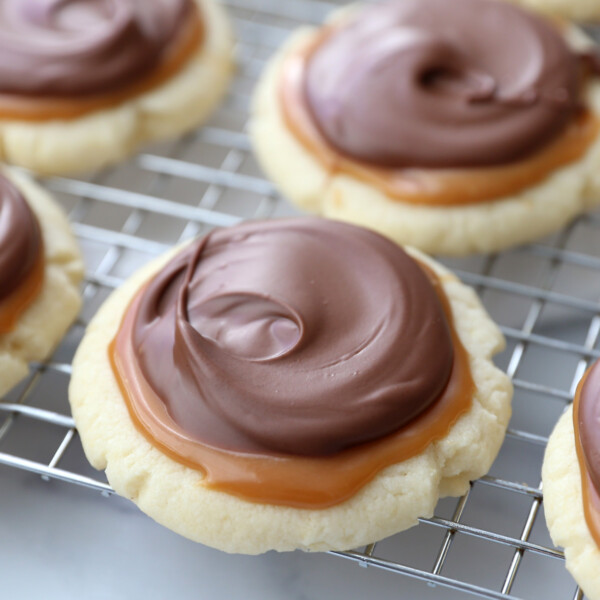
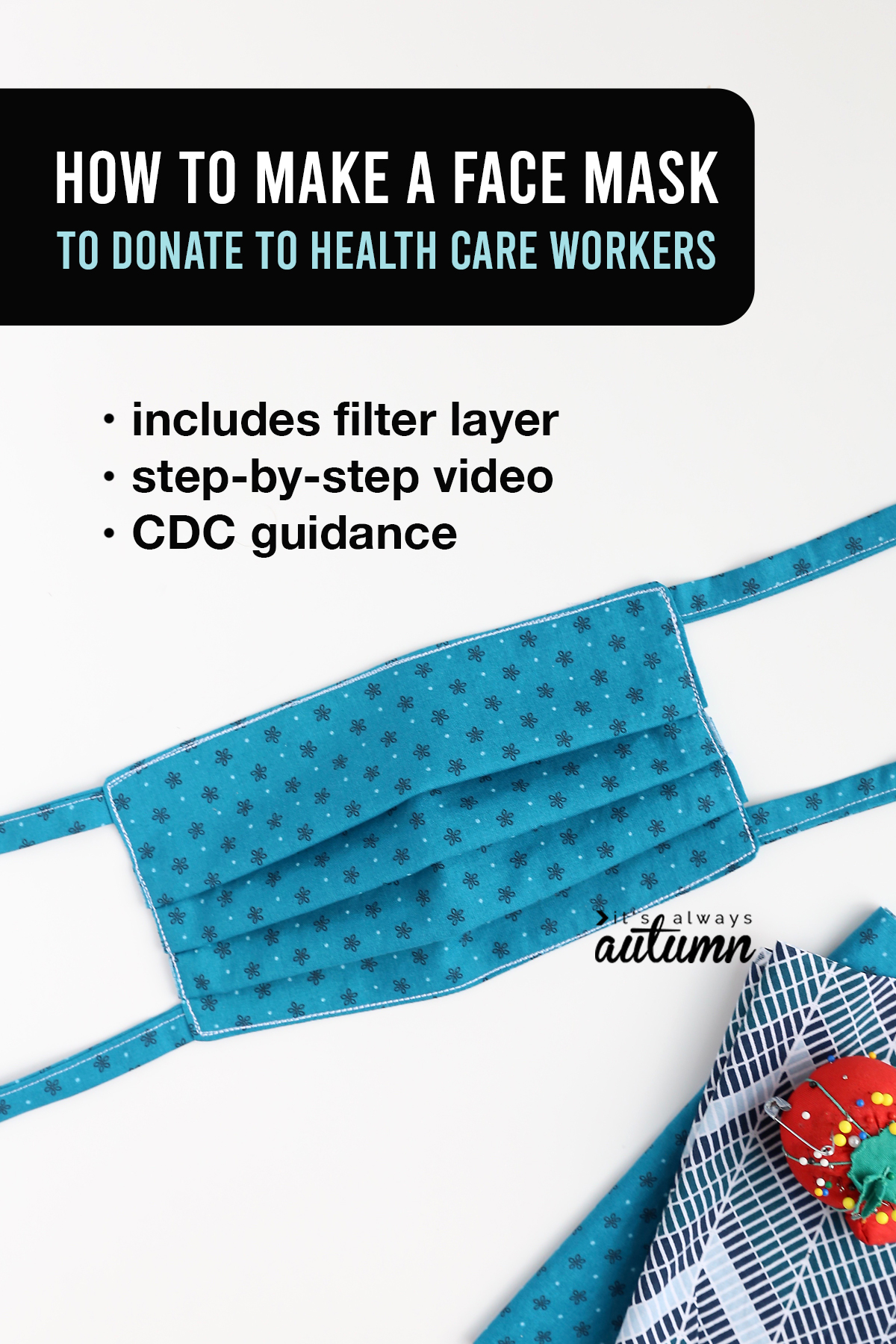
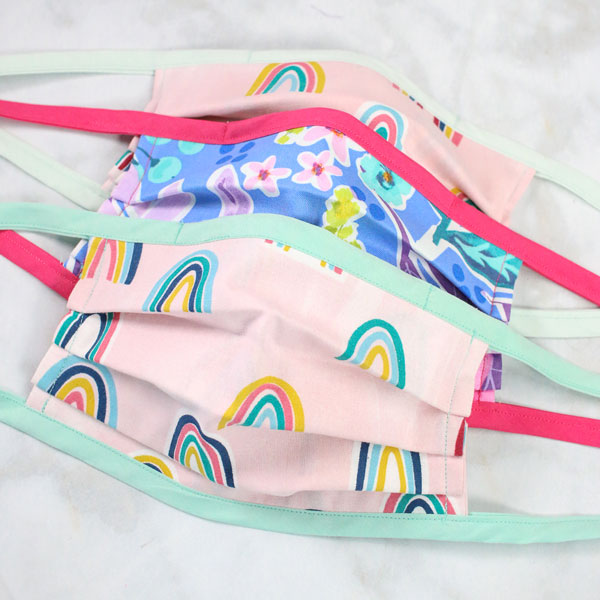
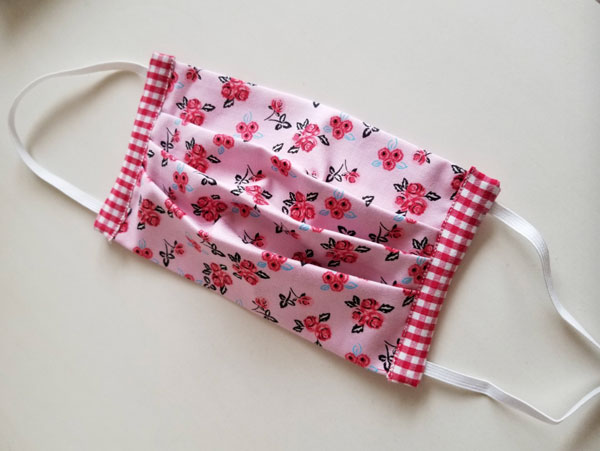
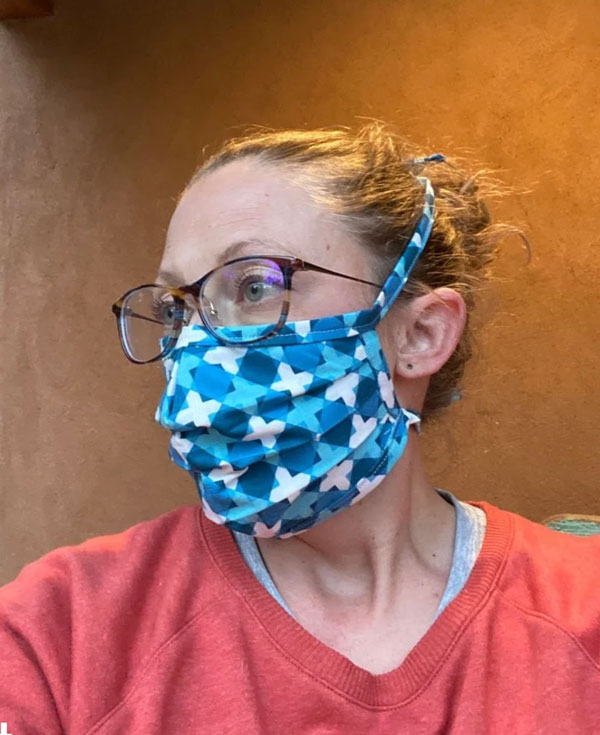
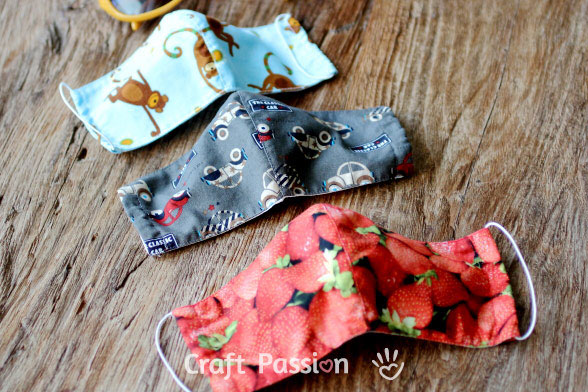
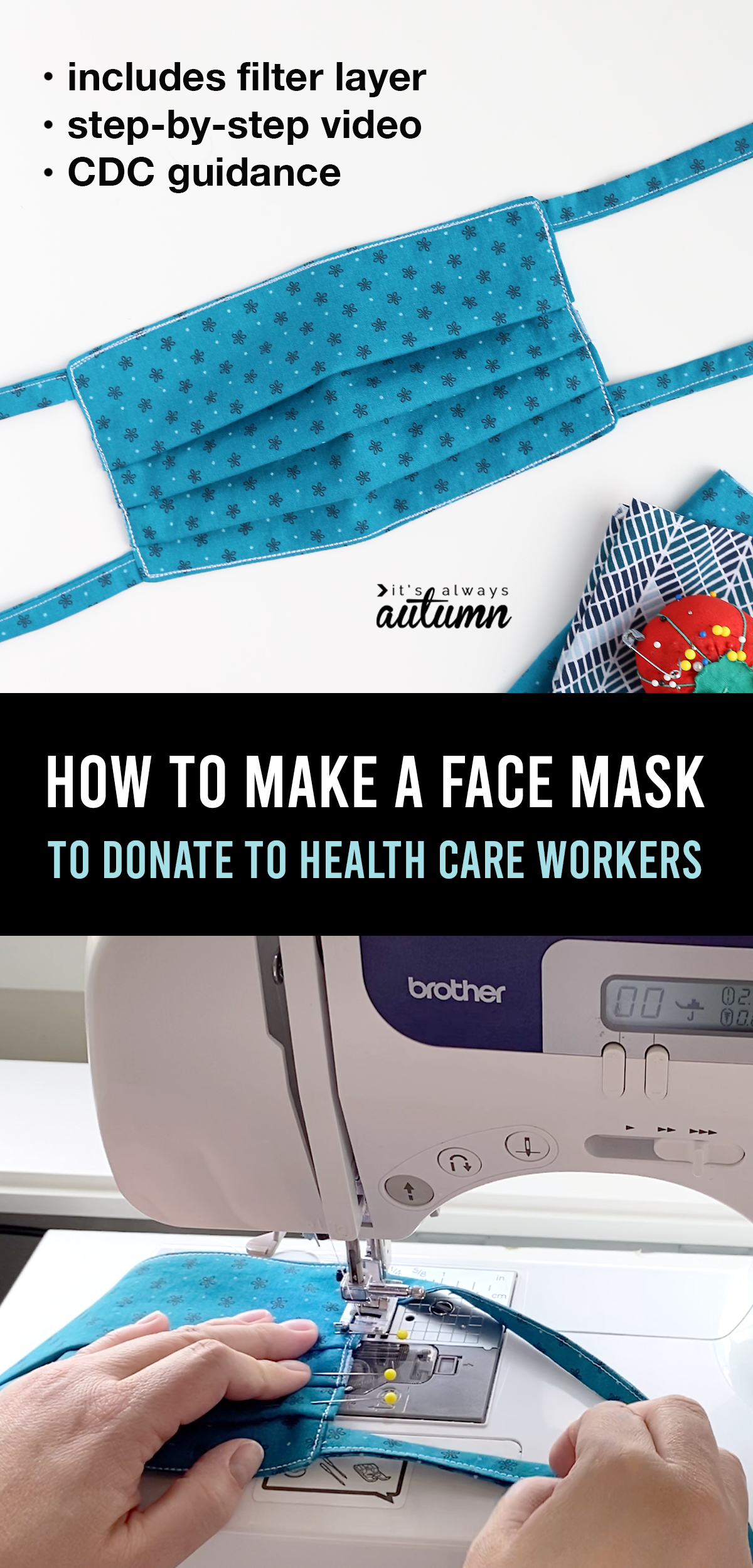
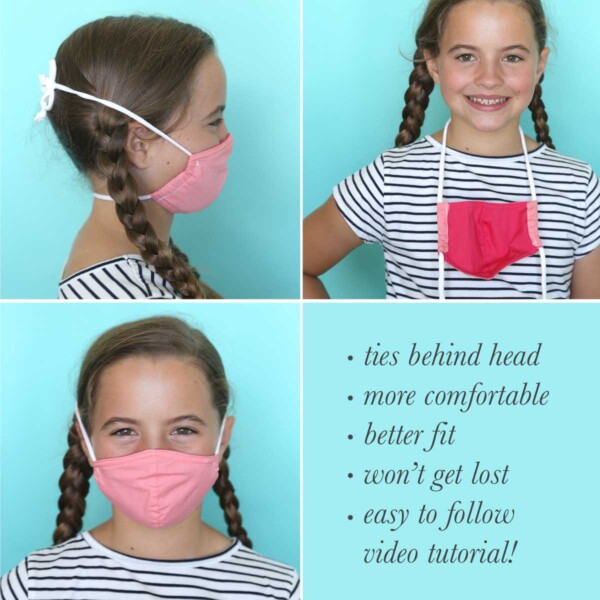
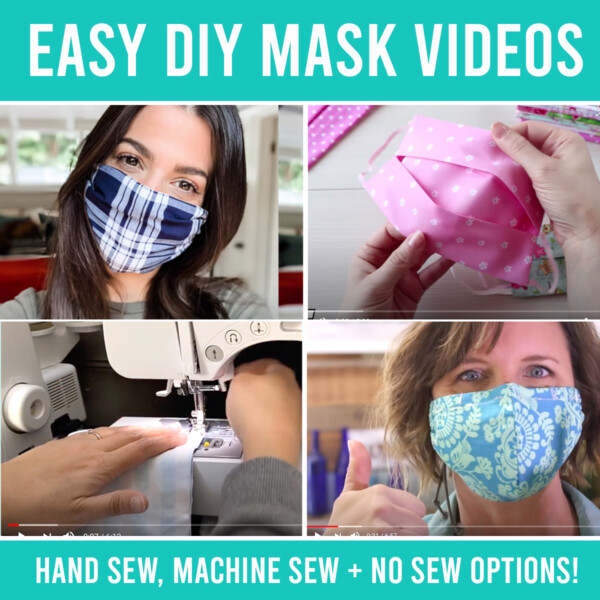
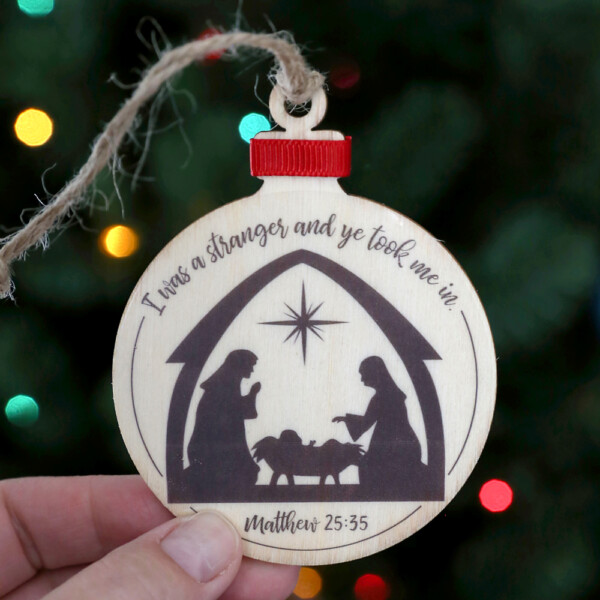

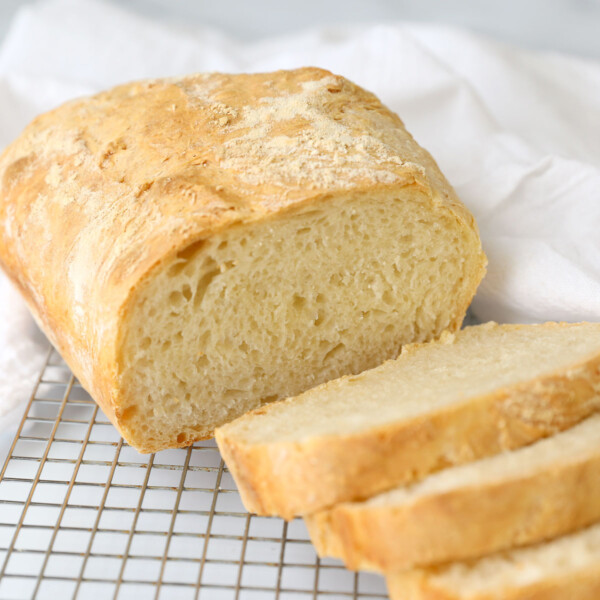
john Albert says
Nice Post
Den Nelson says
TNX